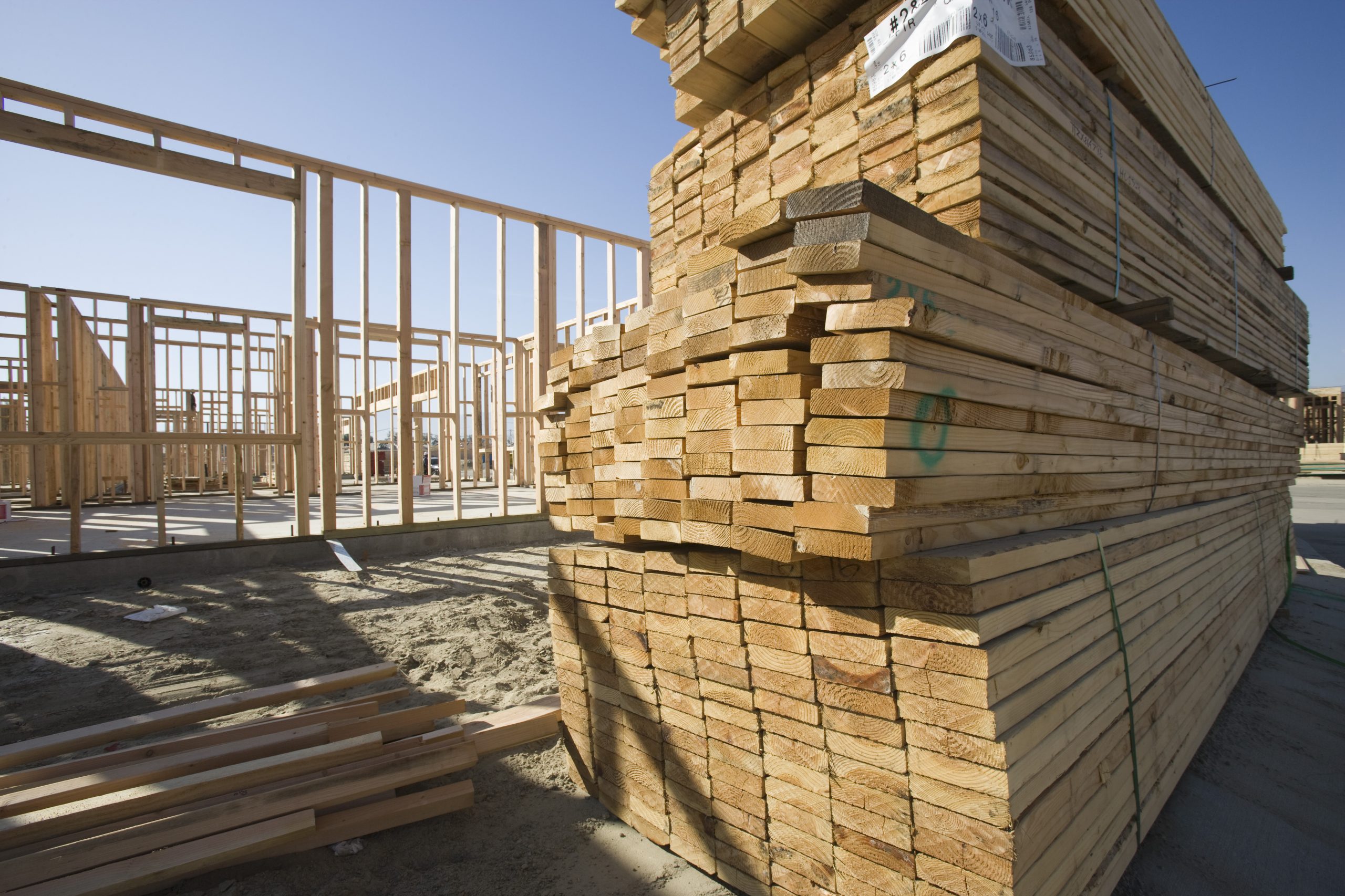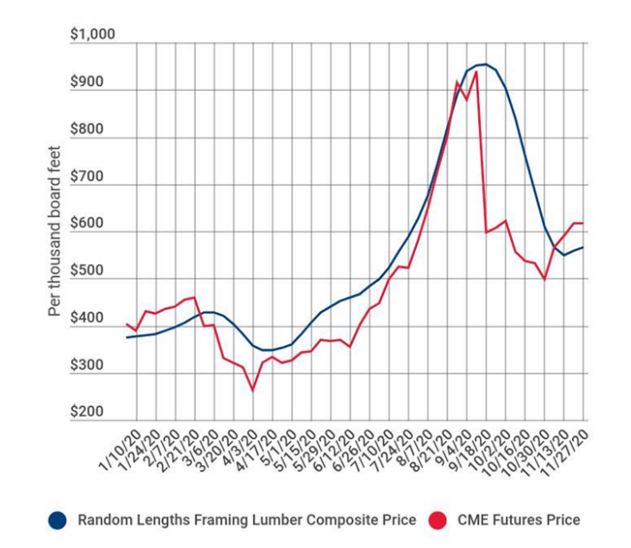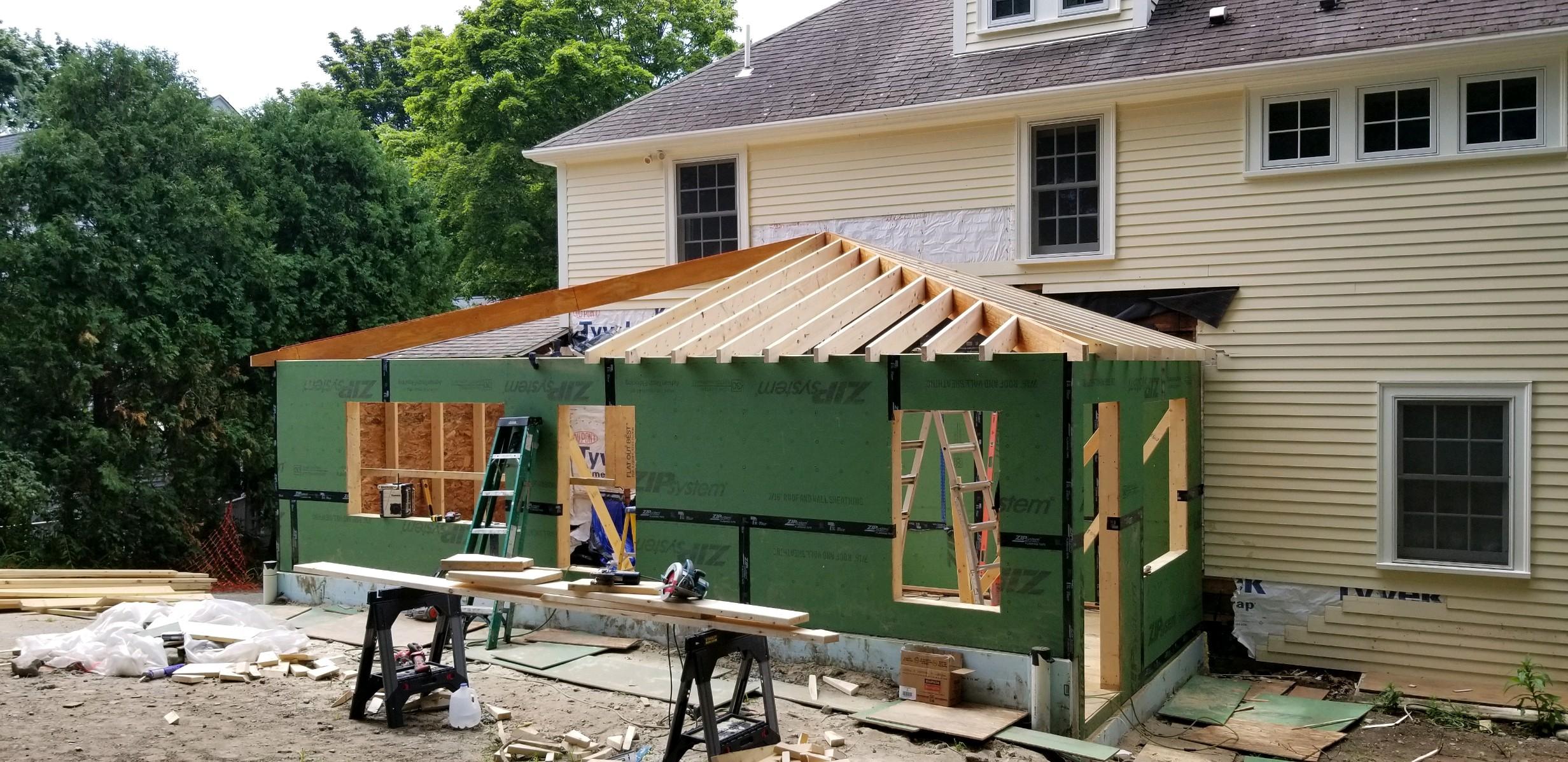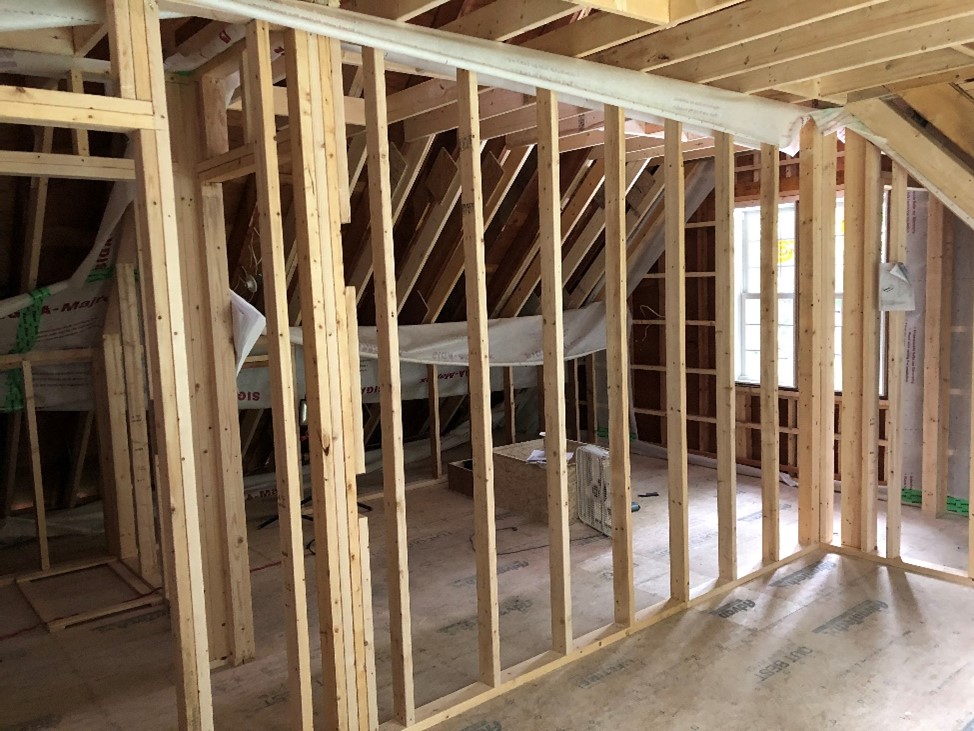Posted by: Amy Cafazzo, Studio A Marketing, and PR Committee Member

To say that lumber prices have been volatile this year is an understatement. Framing lumber prices soared through much of the year–up nearly 120% at their peak in September when prices reached more than $950 per thousand board feet.

Caption: While the Random Lengths Framing Composite Price has decreased since mid-September, it is still up more than 60% since April.
The National Association of Home Builders (NAHB) has stated that the increase in lumber prices added more than $16,000 to the average price of a new home and has taken steps to solve the issue. On December 1st, the U.S. Commerce Department reduced tariffs on shipments of Canadian lumber.
“The Commerce Department’s action to reduce duties from more than 20% to 9% on softwood lumber shipments from Canada into the U.S. is a positive development, but more needs to be done,” said NAHB Chairman Chuck Fowke. “Tariffs have contributed to unprecedented price volatility in the lumber market in 2020, leading to upward pressure on prices and harming housing affordability for American consumers. The U.S. needs to work with Canada to end the tariffs and achieve a long-term, stable solution in lumber trade that provides for a consistent and fairly priced supply of lumber.”
While it is good news that lumber prices are starting to trend downward, NARI member Roger Gallagher of Gallagher Remodeling noted “Lumber materials are a very small part of a remodeling project, so the overall impact on our projects has been minimal.” Some remodeling businesses have material price volatility clauses in their contracts, but others do not. Gallagher said, “Because we don’t have a price clause in our contract, our clients have not seen an impact on their project budgets. However, with lumber prices expected to level off near current rates, consumers should expect to see estimates and final project costs increase until prices again stabilize at lower levels.”

Caption: Gallagher Remodeling constructed this kitchen and family room addition during the summer of 2020, while lumber prices were at their peak.
While remodelers have certainly been aware of the rising prices, many homeowners are not. Today, many realize that remodeling prices are increasing and that it is not as easy as it once was to purchase appliances, for example. Educating homeowners that they need to plan building projects well in advance is now more important than ever.
NARI member Steve Greenberg of Steveworks believes that supply and demand account for a lot of the current issues. “The entire building season was condensed, causing pent up demand for construction. The mills haven’t been able to catch up for time lost due to Covid,” Steve said. “We estimated a large project last December/January in Newton that included $25,000 in lumber. By the time we signed the contract over the summer, the lumber costs had doubled to $50k.”
Steve went on to explain that he’s seen delays in sheet metal, HVAC materials, concrete, copper, roofing, and appliances–the entire industry has been impacted with delays and price hikes resulting in many remodelers and subcontractors to buy materials months in advance to make sure everything is on hand when they need them. “Usually we see prices increase in the spring before the building season begins, but this year we’ve seen increases several times already.”

Caption: Increased lumber prices and wait times for materials for additions, like this Hopkinton project by steveworks, have had an impact on pricing and timing.
